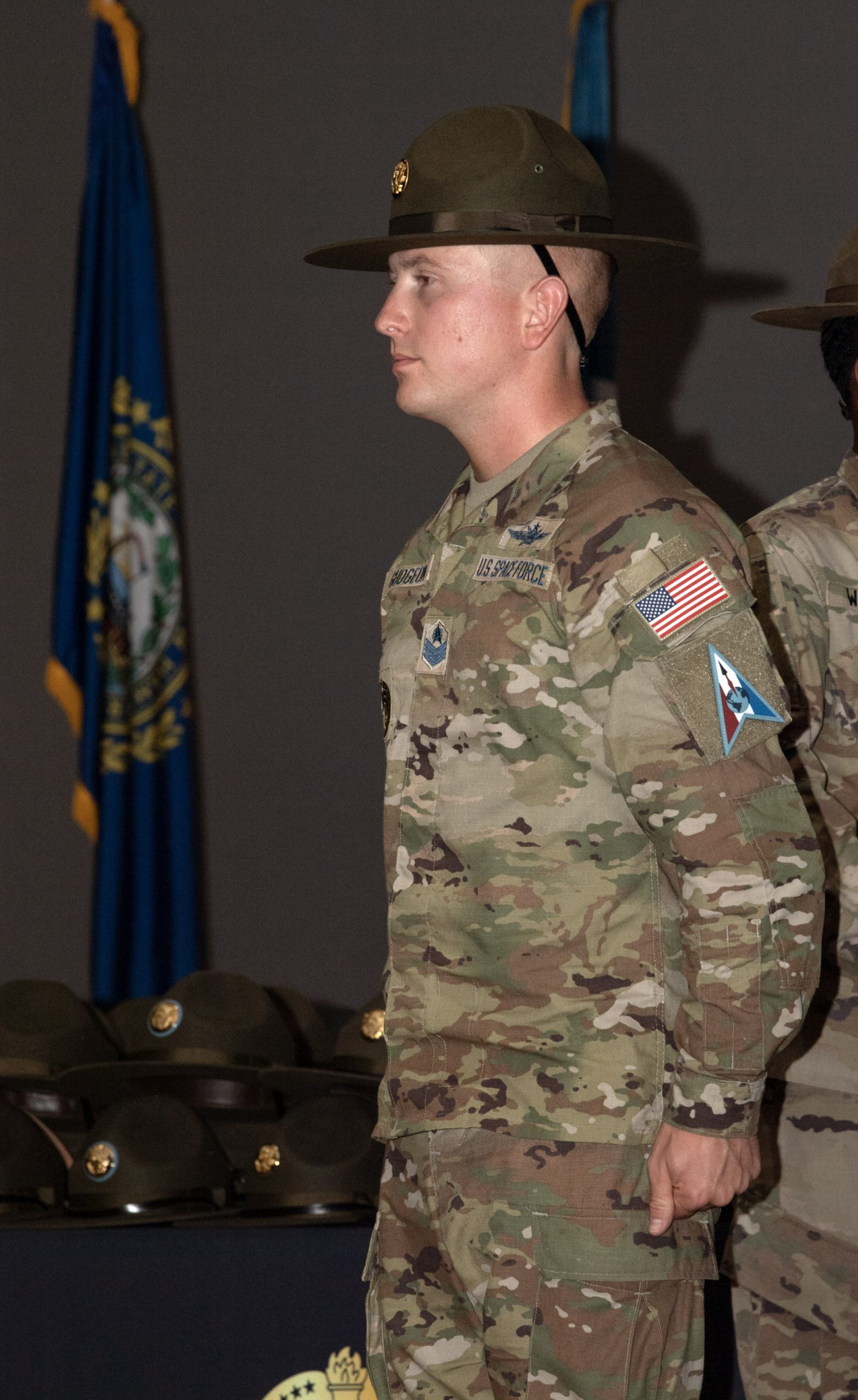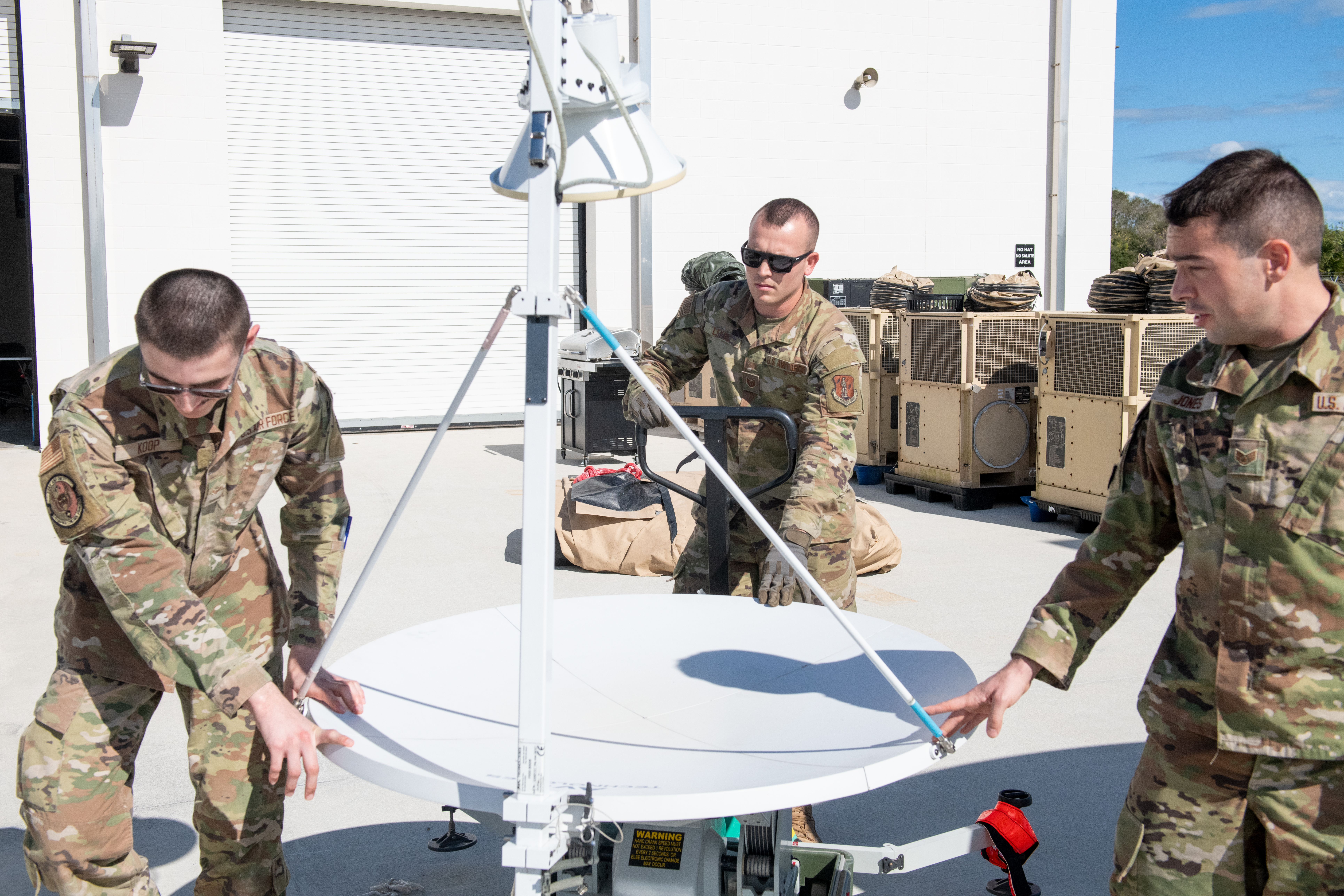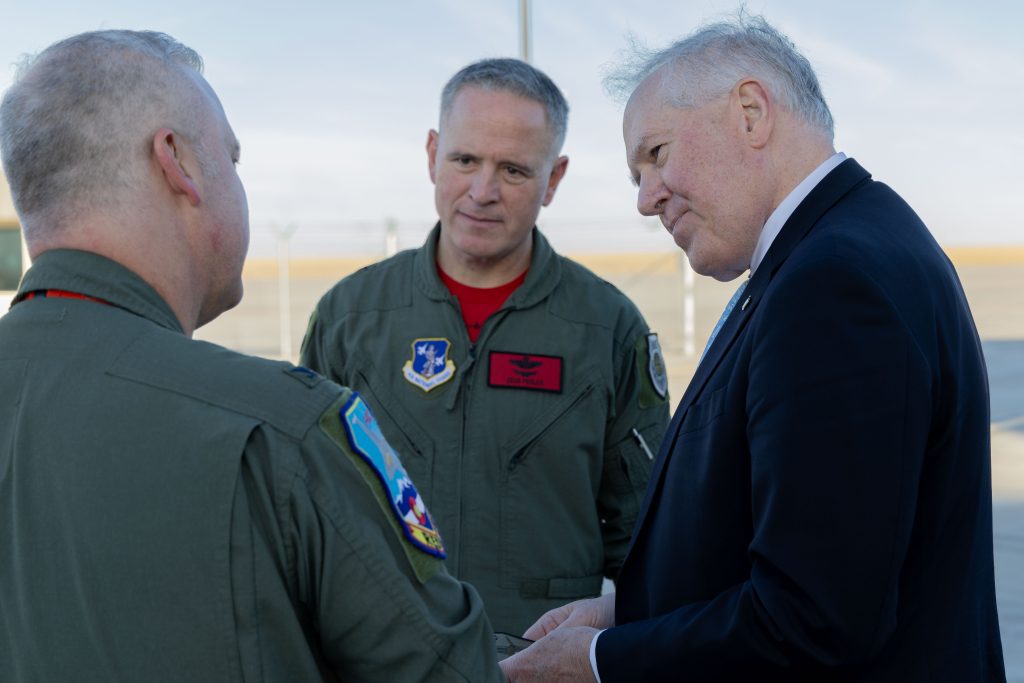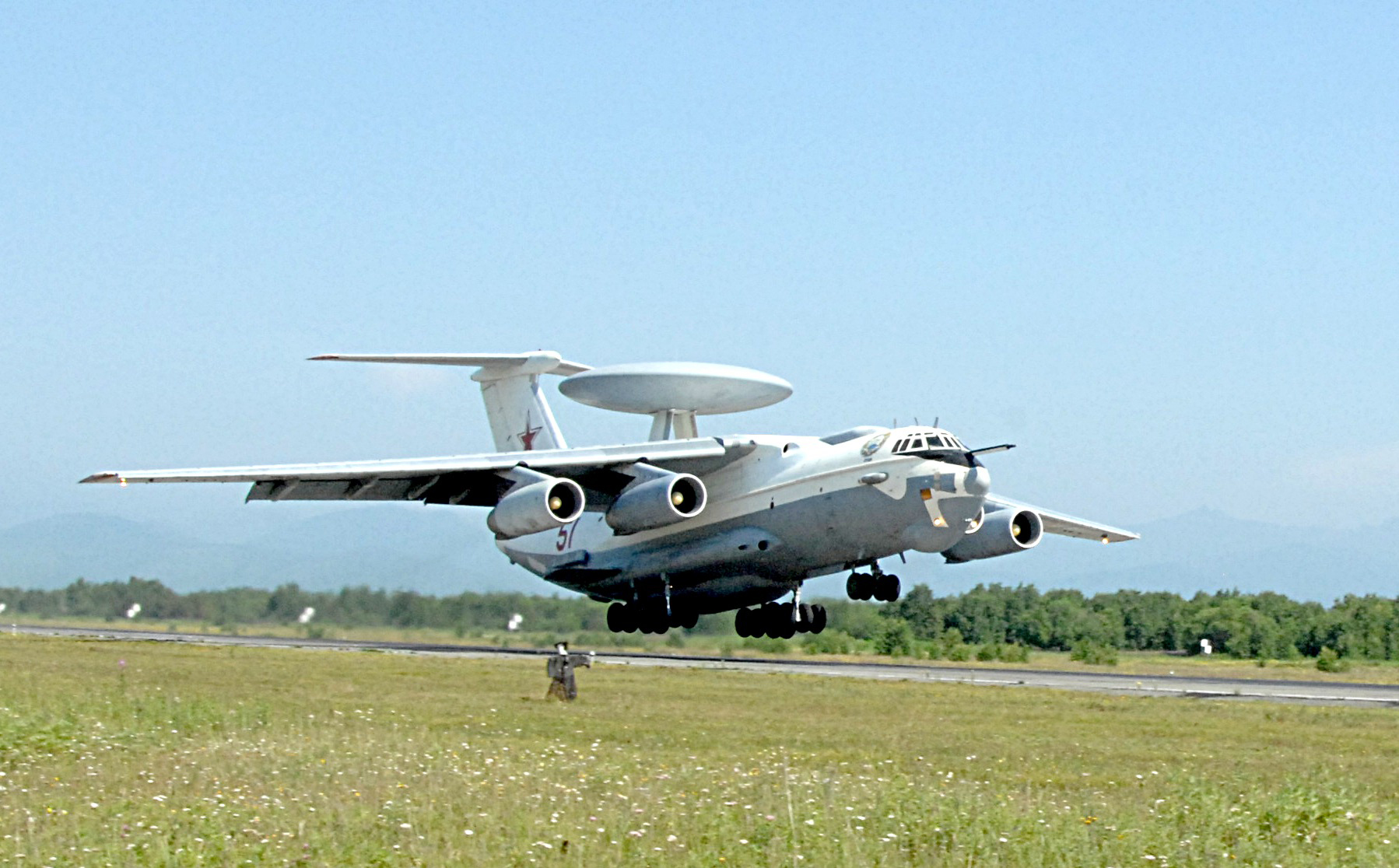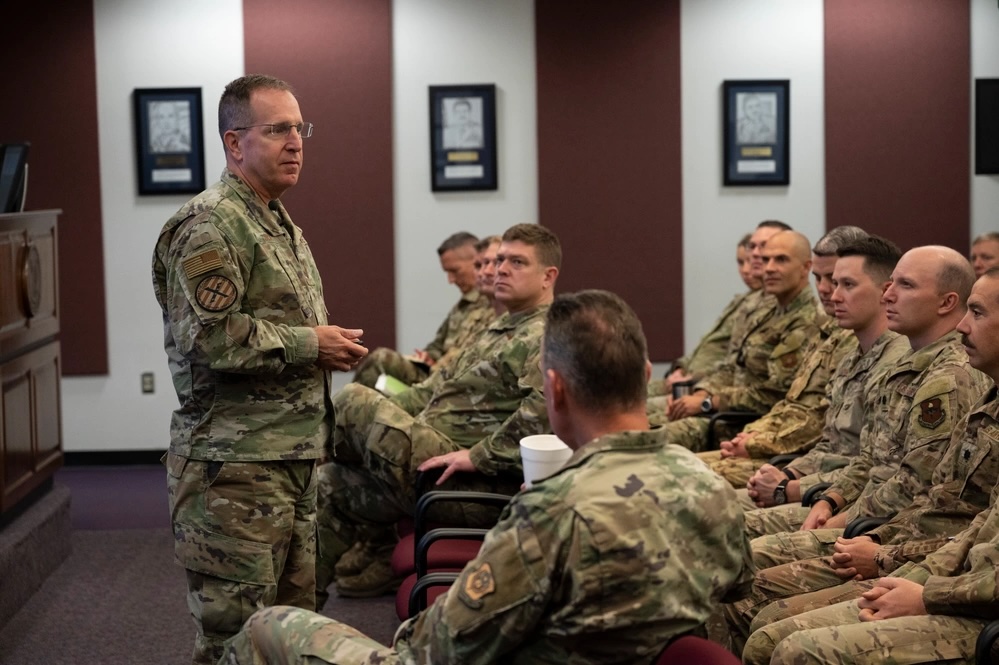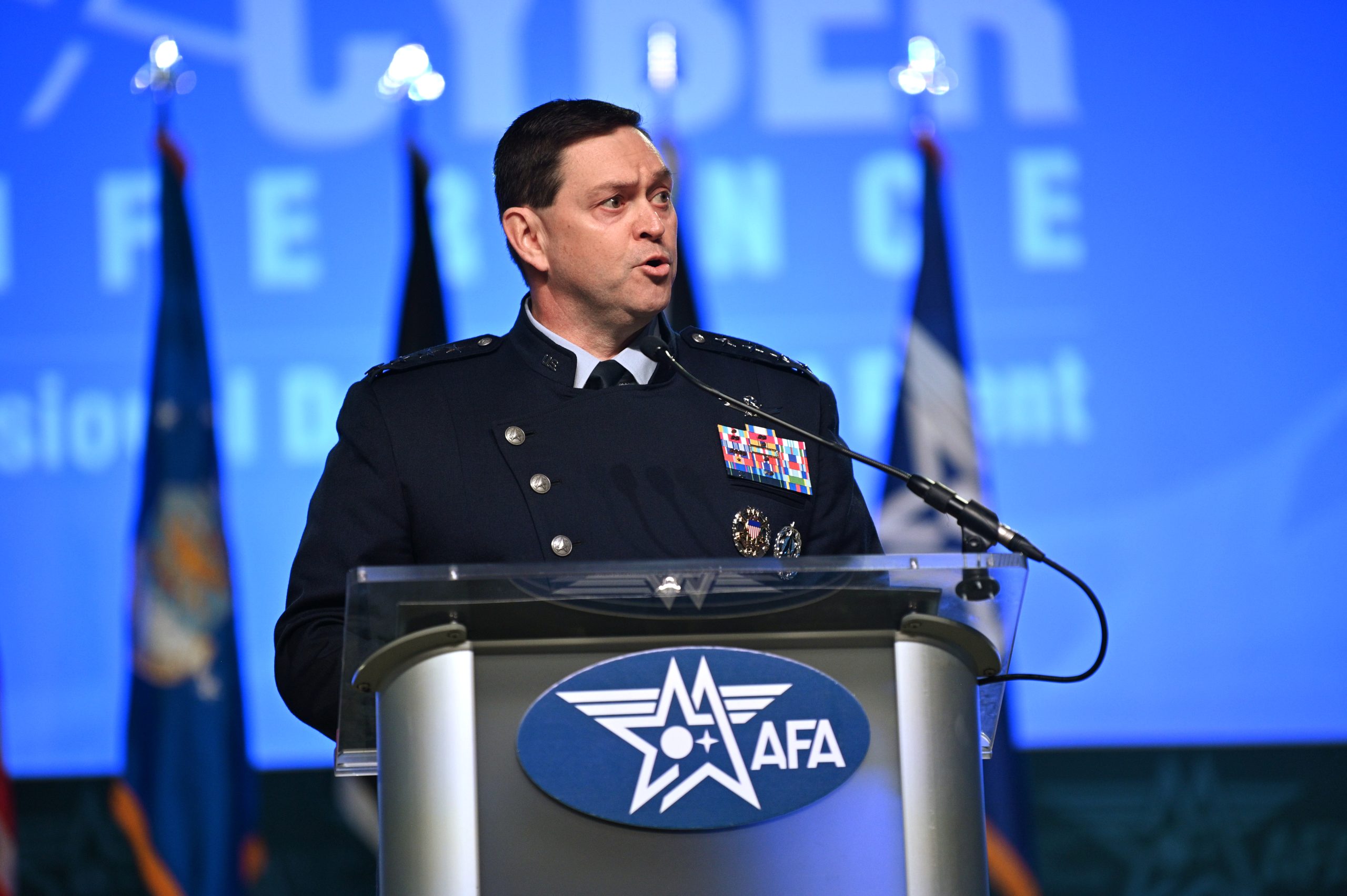House lawmakers are pushing for a 15 percent pay raise for enlisted troops ranked E-1 to E-4 as part of a slew of changes meant to improve quality of life for service members and their families.
The changes, which address pay and compensation, child care, housing, health care, and spouse support, were laid out in a new report released April 11 by the House Armed Services Committee’s Quality of Life Panel, which was formed last year to address long-running concerns.
“These 40 pages right here … are going to change the military for the better,” panel member Rep. Mark Alford (R-Mo.) said at a press conference April 11. “We owe it to the men and women who have signed up to fight and possibly die for us, to give them the best.”
Panel members vowed to act on the report by writing its recommendations into the Fiscal 2025 National Defense Authorization Act, which could be a difficult task due to competing modernization priorities as the military prepares for a possible conflict with China. But lawmakers were emphatic that their recommendations would make it into the 2025 NDAA, and they have powerful voices on their side in HASC chairman Rep. Mike Rogers (R-Ala.) and ranking member Rep. Adam Smith (D-Wash.).
“We’re going to find the room in that bill to do this,” Rogers said. “We’re going to have complications, I’m not going to argue that we won’t. But it won’t be because of this, it’s because of a whole spectrum of threats and platforms and issues. But this is going to be done.”
“By providing a 15 percent pay raise for service members to ensure they and their families can pay their bills, put food on the table, and invest in their future we’re making sure that we recruit America’s brightest,” Smith added in a statement.

Pay Raises
The report found that the military’s methods for calculating pay and compensation for housing, food, and other needs must be updated. For example, calculations for basic allowance for housing (BAH), which 58 percent of service members use to live off-base, require analyzing prices for a minimum number of local rentals, but the Defense Department came up short in 44 percent of locations and housing types.
“As a result, housing allowances may have been set inaccurately in nearly half of the locations, potentially resulting in hardship for service members,” the report wrote.
Another example is the Cost of Living Allowance (COLA), which offsets the cost of living in high-price areas. COLA is not adjusted fast enough to keep pace with sudden changes, the report found, such as the surge in utility bills for military families in Europe after Russia’s full-scale invasion of Ukraine.
A similar problem applies to basic pay, which has not kept pace with inflation or compensation for comparable civilian jobs. The result of less pay and less housing allowance means service members often “take those cuts … in their commissary bills,” Master Chief Petty Office of the Navy James Honea said during a January congressional hearing.
Indeed, the report cited a 2023 RAND study that found 25 percent of troops report food insecurity, meaning they cannot access enough food for an active, healthy life. The Defense Department currently sets its pay benchmarks at the 70th percentile of comparable civilian compensation, but the report called for raising that to 80 for enlisted and 75 for officers.
“The continued recruiting challenges and concerning reports of food insecurity and unaffordable housing costs require an increase in benchmarks for officers and enlisted,” the report said.
The pay issues hit junior enlisted particularly hard, since the earnings for civilian low-income jobs have risen faster than higher-income earnings, while the basic pay for ranks E-1 through E-4 has declined relative to E-5 pay: hence the call for raising that pay 15 percent.
“This will restore real value to basic pay,” the report states.

Staff Shortages
Another recurring theme in the report was a lack of workers in child care, health care, and managers for barracks, which the Air Force calls dormitories. These shortages contributed to monthslong wait lists for child care, weekslong waits for medical appointments, and a long list of barracks health and safety problems including mold, pests, broken heating and air conditioning, cracked sewage pipes, and unsafe water.
Addressing these problems could require updating hiring authorities and raising pay for child care and health care providers. But the report also recommended creating standards for child care, health care, and barracks oversight across the services.
In the child care space, that could take the form of standardizing perks for day care employees, which could encourage more people to take those jobs. In health care, it could mean setting timelines for waiting for an appointment, while in the housing space, it could involve making the military more transparent with how it requests and uses money for sustaining or modernizing barracks.
“I’ve seen for myself, the mold and the infestations of mice and rodents, the windows that won’t close or the electrical panels that are definitely not up to code,” panel member Rep. Sara Jacobs (D-Calif.) said at the press conference. “That’s why I can tell you with certainty that this panel’s work will make a huge difference. It will save lives, it will improve our national security, and it will help the United States maintain its posture as the world’s most powerful fighting force.”
The panel’s recommendations include the following:
Pay and Compensation
- Increase base pay for junior enlisted troops by 15 percent
- Raise enlisted and officer pay from the 70th percentile of comparable civilian pay to the 80th and 75th percentile, respectively
- Ensure Basic Allowance for Housing covers 100 percent of the calculated rate for military housing areas. BAH today covers only 95 percent
- Improve how Basic Allowance for Sustenance and Cost of Living Allowances are calculated
- Increase Basic Needs Allowance income threshold from 150 percent of federal poverty guidelines to 200 percent
Child Care
- Make every service cover 100 percent of child care fees for the first child of a staff member at a military child development program, and cover up to 100 percent for additional children
- Increase pay for military child care workers to compete with civilian counterparts
- Eliminate wait lists for child care fee assistance programs by fully funding those programs
- Require quarterly briefs from the Defense Department on how the services are addressing child care facility requirements and staffing shortages
- Study whether current hiring authorities for child care workers can be improved
Housing
- Make the services explain why they do not request 100 percent of the funding required for barracks sustainment, restoration, and modernization
- Make the services keep closer track of funding for barracks for single service members, be more transparent on where those funds are used, and explain why it defers maintenance
- Explore what authorities may be needed to expand use of privatized barracks
- Figure out why there is a shortage of barracks oversight staff
- Conduct a feasibility study for providing free wi-fi in all barracks
Health Care
- Direct the Defense Health Agency to evaluate how current access to care standards might be creating long wait times for health care
- Make the DHA submit data on the health care wait times at each military treatment facility (MTF) rather than the aggregate of all MTFs.
- Analyze if new hiring and retention authorities are needed for civilian medical providers
- Figure out how to retain more military health providers
Spouse Support
- Make the three-year Military Spouse Career Accelerator Pilot a permanent program
- Support interstate licensure compacts so licensed military spouses can keep working after moving to a new state
- Expand eligibility for child care for military spouses seeking employment from 90 days to 180
- Review the Military Spouse Employment Participation Program for obstacles to participation

